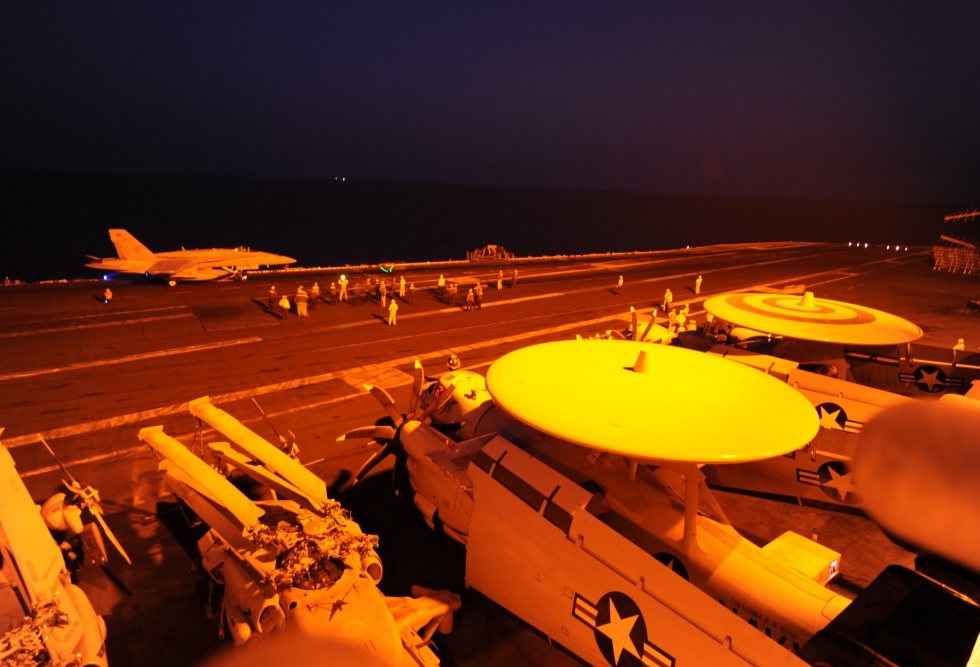New 'Khorasan' militants touted as more dangerous than IS

The US-led coalition air strikes against Islamic State (IS) militants in Syria on Tuesday had also targeted other groups, namely the al-Qaeda Syria affiliate al-Nusra Front, as well as a new shadowy group called Khorasan.
US Central Command said American warplanes launched eight airstrikes "to disrupt the imminent attack plotting against the United States and Western interests" by a network of "seasoned al-Qaeda veterans" — sometimes known as the Khorasan group — who have established a haven in Syria. It provided no details on the plotting.
Central Command said that the separate bombing mission was undertaken solely by US aircraft and took place west of the Syrian city of Aleppo. It said targets included training camps, an explosives and munitions production facility, a communication building and command and control facilities.
The strikes were part of the expanded military campaign that US President Barack Obama authorized nearly two weeks ago in order to disrupt and destroy IS militants.
Speaking at an intelligence conference in Washington, US director of national intelligence James Clapper said last week that the Khorasan group represented "in terms of threat to the homeland… as much of a danger as the Islamic State."
US security officials have identified the group's leader as Muhsin al-Fadhli, a former associate of Osama bin Laden, who has a $7 million bounty on his head.
He is alleged to be one of the few people with advance knowledge of the 9/11 attacks, and is said to be until recently the head of al-Qaeda branch in Iran.
The group is reportedly made up of Pakistani and Afghan fighters, working from Syria with al-Qaeda's Yemen affiliate to plot attacks against the west – most notably American aviation.
According to a CBS report, the group is even more dangerous than IS as it primarily focused on hitting targets in the United States and Europe.
Middle East Eye propose une couverture et une analyse indépendantes et incomparables du Moyen-Orient, de l’Afrique du Nord et d’autres régions du monde. Pour en savoir plus sur la reprise de ce contenu et les frais qui s’appliquent, veuillez remplir ce formulaire [en anglais]. Pour en savoir plus sur MEE, cliquez ici [en anglais].




